What are Environmentally Friendly Roofing Materials?
Environmentally friendly roofing materials are those specifically designed to minimize the environmental impact of residential, commercial, or industrial structures. These materials are often made from sustainable, recycled, or recyclable sources and are manufactured through processes that reduce energy consumption, air pollution, and waste. Additionally, they often contribute to the energy efficiency of a building by enhancing insulation and reflecting heat.
The importance of sustainable roofing goes far beyond aesthetics or trend. Traditional roofing materials, such as asphalt shingles, contribute significantly to landfill waste and are often made using energy-intensive processes that release harmful emissions. In contrast, environmentally friendly roofing materials offer long-term performance while reducing a building's carbon footprint. They help lower heating and cooling demands, support better indoor air quality, and can extend the overall life of the roof, reducing the frequency of replacements.
As environmental awareness continues to grow, both globally and locally, interest in green building practices is on the rise. Homeowners, architects, and developers are increasingly seeking roofing solutions that not only protect their structures but also support broader sustainability goals. Environmentally friendly roofing materials have become a key component in the shift toward more responsible construction and living practices, offering a practical way to align infrastructure development with ecological responsibility.
Benefits of Choosing Environmentally Friendly Roofing Materials
Choosing environmentally friendly roofing materials offers multiple benefits that go beyond environmental impact. Below are some of the key advantages:
1. Energy Efficiency & Cost Savings
Sustainable roofing materials often have high solar reflectivity, which means they reflect more sunlight and absorb less heat.
Helps reduce indoor temperatures in summer
Lowers the need for artificial heating and cooling
Results in reduced utility bills year-round
2. Reduced Carbon Footprint
From production to disposal, these materials are designed with environmental impact in mind.
Often made from recycled or renewable sources
Require less energy to manufacture
Contribute to fewer greenhouse gas emissions over their lifecycle
3. Durability and Low Maintenance
Eco-friendly roofs are engineered for longevity and resistance to extreme weather.
Longer lifespan compared to traditional materials
Less frequent need for repairs or replacements
Cost-effective over the long term
4. Improved Indoor Air Quality & Comfort
These materials support healthier living environments by enhancing insulation and controlling moisture.
Prevent the growth of mold and mildew
Help maintain stable indoor temperatures
Reduce exposure to harmful chemicals often found in conventional roofing materials
Types of Environmentally Friendly Roofing Materials
There is a wide variety of environmentally friendly roofing materials available today, each offering distinct benefits in terms of sustainability, durability, and energy performance. Understanding the different types can help homeowners and builders make informed choices based on design goals, regional climate, and long-term needs.
1. Recycled Metal as an Environmentally Friendly Roofing Material
Recycled metal roofs, made from materials like aluminum, steel, or copper, are among the most sustainable options.
These metals are often reclaimed from previously used materials, reducing the need for raw resource extraction.
Their natural reflectivity helps reduce heat absorption, improving a building’s energy efficiency.
Metal roofs are extremely durable, often lasting 40 to 70 years, and are fully recyclable at the end of their life.
2. Clay and Concrete Tiles as Environmentally Friendly Roofing Materials
Made from abundant natural materials, clay and concrete tiles are highly regarded for their environmental advantages.
They require minimal chemical processing, resulting in a lower environmental impact during manufacturing.
Their high thermal mass allows for better regulation of indoor temperatures, which can reduce energy use.
These tiles are especially suitable for hot climates and can last for several decades with proper maintenance.
3. Slate as a Natural and Environmentally Friendly Roofing Material
Slate is a premium roofing choice made from natural stone, offering both sustainability and elegance.
Its production involves little processing, reducing energy use and emissions.
Slate roofs can last over a century, making them one of the longest-lasting roofing materials available.
In addition to being low-maintenance, slate provides a high-end aesthetic valued in many architectural styles.
4. Wood Shingles and Shakes as Environmentally Friendly Roofing Materials
When sourced responsibly, wood roofing products can be a green option with visual appeal.
Reclaimed or certified sustainable wood reduces deforestation and supports renewable resource use.
Wood shingles naturally insulate, helping regulate indoor temperatures.
With eco-friendly fire-resistant treatments, wood roofs can meet modern safety standards while retaining biodegradability.
5. Green Roofs as Innovative Environmentally Friendly Roofing Materials
Green roofs, also known as living roofs, involve layers of vegetation installed over waterproof membranes.
They support stormwater management by absorbing rainwater, reducing runoff.
Vegetation filters pollutants from the air and helps lower urban heat island effects.
While they require careful structural planning and ongoing maintenance, green roofs offer both environmental and aesthetic benefits.
6. Synthetic Shingles Made from Environmentally Friendly Roofing Materials
Synthetic roofing shingles are often crafted from recycled plastics, rubber, or composite materials.
They replicate the look of traditional materials like slate or wood, but with improved environmental performance.
Lightweight and easy to install, they also provide strong resistance to weathering and wear.
These materials are ideal for those seeking a balance between sustainability, appearance, and budget.
Key Factors to Consider When Selecting Environmentally Friendly Roofing Materials
Choosing the right environmentally friendly roofing materials involves more than just selecting a “green” label. Several critical factors must be evaluated to ensure the material meets the needs of the building, the climate, and long-term sustainability goals. Below are some of the most important considerations to guide an informed decision:
1. Climate and Weather Compatibility
The local climate plays a major role in determining which roofing materials will perform best.
In hot and sunny regions, reflective and heat-resistant materials like metal or clay tiles help reduce cooling loads.
In colder or snow-prone areas, heavier materials with strong insulation, such as slate or wood, may be more appropriate.
Rainfall and wind exposure also influence the choice—some materials offer better water resistance and wind uplift ratings than others.
2. Weight and Structural Support Needs
Not all roofing structures are designed to support heavy materials.
Slate, clay tiles, and green roofs can be significantly heavier than conventional options.
Before installation, it's important to assess whether additional structural reinforcement is necessary, which could increase both time and cost.
Lightweight options like recycled metal or synthetic shingles are better suited for buildings with limited load-bearing capacity.
3. Installation Complexity and Availability
Installation requirements vary widely between environmentally friendly roofing materials.
Some, like green roofs, demand specialized skills and more extensive preparation.
Others, such as metal panels or synthetic shingles, offer easier and faster installation.
Local availability also affects cost and lead time—materials sourced closer to the project site tend to have a lower environmental footprint and faster delivery.
4. Lifecycle Costs vs. Upfront Investment
While some sustainable materials have a higher upfront cost, they may offer long-term financial advantages.
Durable options like slate and metal typically last longer, reducing the need for replacement.
Lower maintenance and energy savings also contribute to overall value over time.
It's important to balance initial budget constraints with expected performance and lifespan.
5. Local Environmental Certifications or Green Building Codes
Environmental standards vary by region and can influence material selection.
Many areas have adopted green building regulations that prioritize low-impact, recyclable, or energy-efficient materials.
Certifications or local eco-labels can help identify products that meet specific sustainability criteria.
Choosing materials aligned with these codes not only supports environmental goals but may also contribute to incentives or compliance benefits.
Environmental Impact of Environmentally Friendly Roofing Materials
Environmentally friendly roofing materials offer significant advantages over traditional asphalt and tar-based systems. Their positive impact can be measured through reduced carbon emissions, improved resource efficiency, and minimized long-term waste. Understanding these environmental benefits is essential for making sustainable construction choices.
Comparison to Traditional Asphalt and Tar-Based Options
Conventional roofing materials like asphalt shingles and tar-based membranes are derived from petroleum products.
Their production is energy-intensive and contributes to greenhouse gas emissions.
These materials typically have a shorter lifespan, leading to more frequent replacements and greater landfill waste.
During high temperatures, they can release volatile organic compounds (VOCs), contributing to air pollution.
In contrast, environmentally friendly roofing materials—such as metal, clay, slate, wood, or recycled composites—are often made from natural or repurposed substances.
They involve less toxic processing and generate fewer emissions during manufacturing.
Many of these materials are recyclable or biodegradable, dramatically lowering end-of-life environmental impact.
Analysis of Carbon Emissions, Pollution, and Landfill Contributions
The lifecycle emissions of a roofing material—from raw material extraction to disposal—play a critical role in its sustainability profile.
Green roofs and cool roofs (e.g., white metal or light-reflective tiles) reduce indoor cooling demands, decreasing energy-related emissions over decades.
Long-lasting materials like slate and metal reduce the frequency of replacements, indirectly reducing manufacturing pollution and transport emissions.
Recycled content in roofing materials (e.g., metals, plastics, or rubber) significantly lowers the demand for virgin resources and the pollution associated with extraction.
Furthermore, traditional roofing materials contribute substantially to landfill burden. Millions of tons of asphalt shingles are discarded each year. In contrast, eco-friendly roofing options often have second-life potential, either as recycled input or natural decomposition.
Water Runoff Management and Heat Island Effect Reduction
Urban areas often struggle with water runoff and excessive heat retention, both of which can be addressed with environmentally friendly roofing materials.
Green roofs absorb rainwater, reducing stormwater runoff and easing the load on city drainage systems.
Permeable or sloped materials help direct water efficiently away from roofs without overwhelming drainage infrastructure.
Light-colored and reflective roofs (often rated for solar reflectance) mitigate the urban heat island effect by reflecting solar energy instead of absorbing it.
Maintenance and Longevity of Environmentally Friendly Roofing Materials
One of the key advantages of choosing environmentally friendly roofing materials is their durability and low maintenance needs. These materials not only last longer but also offer cost savings over time due to their efficiency and resilience. Below is a closer look at the typical lifespan, ease of maintenance, and cost benefits of sustainable roofing materials.
Typical Lifespan of Sustainable Options
Environmentally friendly roofing materials are designed to withstand the elements and last for decades with minimal degradation. The lifespan of different materials varies depending on their type and installation conditions:
Slate: One of the longest-lasting roofing materials, slate roofs can easily last 100 years or more, offering exceptional durability and minimal wear over time.
Metal: Recycled metal roofs, such as steel and aluminum, have a lifespan of around 50-70 years, making them a highly durable and sustainable option. They also resist corrosion and can handle extreme weather conditions.
Clay Tiles: These roofs are highly durable and can last 50-100 years, depending on the region and maintenance practices. Their resistance to harsh weather conditions and natural decay makes them ideal for long-term use.
Wood Shingles and Shakes: With proper care, wood roofing can last 30-50 years. This material offers longevity, but regular maintenance such as sealing or treatment to prevent rot is required.
Green Roofs: These systems can last between 30 and 50 years, depending on the plant species used and maintenance. Proper installation and care ensure that the roof's structure remains intact for many years.
Ease of Repair, Cleaning, and Recyclability
Sustainable roofing materials are designed for ease of repair and maintenance, contributing to lower long-term costs.
Recycled Metal: Metal roofs are highly resistant to damage and generally require minimal repairs. In the event of damage, repairs are straightforward and often involve replacing panels or flashing rather than the entire roof. Additionally, metal roofing is fully recyclable, reducing its environmental impact when it's time to replace it.
Clay Tiles: While durable, clay tiles may break under extreme pressure (e.g., fallen branches or hail). However, replacing individual tiles is relatively simple and cost-effective. Cleaning is straightforward, as these tiles are highly resistant to dirt buildup.
Slate: Slate roofs are highly resilient, and individual tiles can be replaced if damaged. Cleaning slate is relatively easy since its smooth surface doesn't allow debris to settle. Regular inspections help keep the roof in top condition.
Wood: Wood roofs require more upkeep than other materials, as they need to be treated against rot, moss, and insect damage. However, with proper care, wood shingles and shakes can continue to perform well. Regular inspections and resealing are necessary to maintain their performance.
Green Roofs: Green roofs need regular maintenance to ensure the health of the plants and the structural integrity of the roof. Maintenance tasks include watering, pruning, and replacing damaged plants. However, these roofs do not require extensive cleaning beyond basic plant care.
The recyclability of these materials is another important benefit. When these roofs reach the end of their life, they can often be recycled or reused, unlike asphalt shingles, which contribute significantly to landfill waste.
Cost Savings through Long-Term Performance and Energy Efficiency
Though environmentally friendly roofing materials may come with a higher initial investment, they deliver significant cost savings over time due to their long-lasting nature and energy efficiency.
Energy Efficiency: Many eco-friendly roofing options, such as metal and reflective tiles, contribute to energy savings by improving insulation and reducing the need for air conditioning in hot climates. For example, reflective roofs can reduce cooling costs by up to 20%. This is particularly beneficial in regions with high cooling demands.
Longevity: Materials like slate, clay, and metal require fewer replacements and repairs than traditional asphalt roofing, leading to significant savings on materials and labor. The longer lifespan of these materials ensures fewer disruptions and a lower total cost of ownership.
Reduced Maintenance Costs: As mentioned, sustainable roofing materials tend to require less frequent maintenance and are easier to repair. This translates into lower maintenance costs over time, making them more cost-effective than conventional options.
Future Trends in Environmentally Friendly Roofing Materials
As the construction and architecture industries continue to evolve, the demand for environmentally friendly solutions is driving innovations in roofing materials. The future of roofing is not only focused on sustainability but also on enhancing functionality, energy efficiency, and environmental impact. Here are some of the key trends shaping the future of environmentally friendly roofing materials.
Advances in Solar-Integrated Roofing
One of the most exciting trends in environmentally friendly roofing is the integration of solar technology into roofing systems. Solar roofs, also known as photovoltaic (PV) roofs, are becoming increasingly popular due to their ability to generate electricity while serving as a traditional roofing system.
Seamless Integration: New technologies are allowing solar panels to be integrated directly into the roofing material itself, creating a more aesthetically pleasing and functional solution. These solar-integrated roofing systems provide energy while eliminating the need for separate solar panel installation, making them ideal for modern homes and commercial buildings.
Energy Generation: Solar roofs not only improve energy efficiency by reducing dependency on external electricity sources but also help in lowering utility bills. In some cases, they can generate more power than the building consumes, enabling owners to sell surplus energy back to the grid.
As the technology behind solar-integrated roofing materials continues to improve, we can expect more cost-effective and efficient options to become available, further driving the adoption of renewable energy solutions in residential and commercial buildings.
Self-Healing or Recyclable Membrane Systems
Innovative materials are also being developed to improve the longevity and durability of roofing systems. One such innovation is self-healing roofing membranes.
Self-Healing Materials: Self-healing roofing materials are capable of repairing small cracks or punctures autonomously, reducing the need for maintenance or early replacement. This technology, which is still in its early stages, has the potential to extend the lifespan of roofing materials significantly while reducing overall maintenance costs.
Recyclable Membranes: As part of the growing focus on sustainability, the development of recyclable membranes is a key trend. These membranes can be easily broken down and reused at the end of their life cycle, preventing waste and promoting a circular economy in the construction industry.
These advancements are a step forward in reducing the environmental impact of roofing systems while improving their performance and lifespan.
Policy Incentives and Building Regulations Driving Green Adoption
Governments around the world are increasingly recognizing the importance of green building practices and sustainable construction materials. Many countries are introducing policies and regulations that encourage the use of environmentally friendly roofing materials.
Incentives and Rebates: Various governments provide tax incentives, rebates, or grants for the installation of energy-efficient roofing materials, particularly solar panels and green roofs. These incentives are helping homeowners and businesses offset the higher upfront costs associated with environmentally friendly roofing solutions.
Building Codes and Standards: Building regulations are becoming stricter in terms of energy efficiency and sustainability. For example, some regions now require buildings to meet certain energy performance standards, including the use of sustainable roofing materials. These regulations are pushing the industry toward greener alternatives, with many manufacturers innovating to meet these standards.
These policy changes are accelerating the transition to more sustainable building practices, making eco-friendly roofing materials more accessible and attractive to both commercial and residential property owners.
Increasing Demand in Residential, Commercial, and Industrial Sectors
The demand for environmentally friendly roofing materials is growing not just in the residential sector, but also across commercial and industrial applications. As sustainability becomes a key priority for businesses and individuals alike, roofing materials that offer energy efficiency, durability, and minimal environmental impact are being increasingly sought after.
Residential Sector: Homeowners are more conscious of their environmental footprint and are opting for roofing solutions that not only enhance the aesthetic appeal of their homes but also reduce energy costs. Solar roofs, reflective tiles, and green roofs are becoming more common in residential areas, particularly in eco-conscious communities.
Commercial Sector: Businesses are investing in environmentally friendly roofing solutions as part of their corporate social responsibility (CSR) efforts. Green roofs and solar-integrated roofing are particularly attractive to commercial property owners looking to reduce operational costs while improving the building’s energy performance.
Industrial Sector: In the industrial sector, sustainable roofing materials are increasingly used to reduce the environmental impact of manufacturing plants, warehouses, and distribution centers. These materials not only improve energy efficiency but also help businesses meet green building certifications and regulatory requirements.
The increased demand for sustainable roofing solutions across these sectors is driving further innovation in material development and installation techniques, ensuring that environmentally friendly roofing remains a key part of the building industry's future.
Making the Switch to Environmentally Friendly Roofing Materials
In conclusion, the shift towards environmentally friendly roofing materials offers a multitude of benefits that go beyond just aesthetics. From reducing environmental impact to enhancing energy efficiency, these materials provide practical solutions that are both cost-effective and sustainable.
Recap of Key Advantages: Environmental, Economic, and Practical
Environmentally friendly roofing materials are designed with long-term sustainability in mind. These options help lower carbon footprints, reduce energy consumption, and contribute to the overall health of the planet. Materials like recycled metal, clay tiles, and solar-integrated roofs all offer significant reductions in energy usage, which in turn lowers heating and cooling costs. Additionally, by opting for roofing materials that are long-lasting, homeowners and businesses can minimize maintenance and replacement costs, offering financial savings over time.
Furthermore, the use of eco-friendly roofing systems like green roofs and self-healing membranes not only improves a building's environmental performance but also enhances its structural durability. These materials, often requiring minimal maintenance, help ensure that your roofing system remains intact and functional for years to come.
Encouragement to Consider Sustainable Roofing in Future Renovations or Builds
As we move toward a more sustainable future, making environmentally conscious choices in construction and renovation is becoming increasingly essential. Whether you are building a new home, updating your roof, or undertaking a commercial project, choosing eco-friendly roofing materials is an investment that benefits both the environment and your bottom line.
By considering sustainable roofing options during renovations or new builds, you are contributing to the reduction of waste, conserving natural resources, and enhancing the energy efficiency of your property. In addition, many of these roofing systems are designed to be adaptable to different climates and structures, making them a versatile choice for nearly any building type.
How Environmentally Conscious Choices in Roofing Contribute to a Greener World
Every step we take toward sustainability counts. By selecting roofing materials that prioritize eco-friendliness, we can collectively reduce the environmental impact of the construction industry, which is one of the largest contributors to waste and carbon emissions. Sustainable roofing solutions, such as those made from recycled, recyclable, or renewable materials, help conserve resources, prevent waste accumulation in landfills, and reduce greenhouse gas emissions associated with traditional roofing methods.
Furthermore, making environmentally conscious choices can serve as an inspiration for others to follow suit, promoting a culture of sustainability in our communities. As the demand for green building practices grows, we pave the way for future innovations that will continue to drive positive environmental change across industries.
In conclusion, adopting environmentally friendly roofing materials is not just a trend—it is a commitment to building a greener, more sustainable world. As you consider your options for roofing, remember that every choice contributes to creating a healthier planet for future generations.











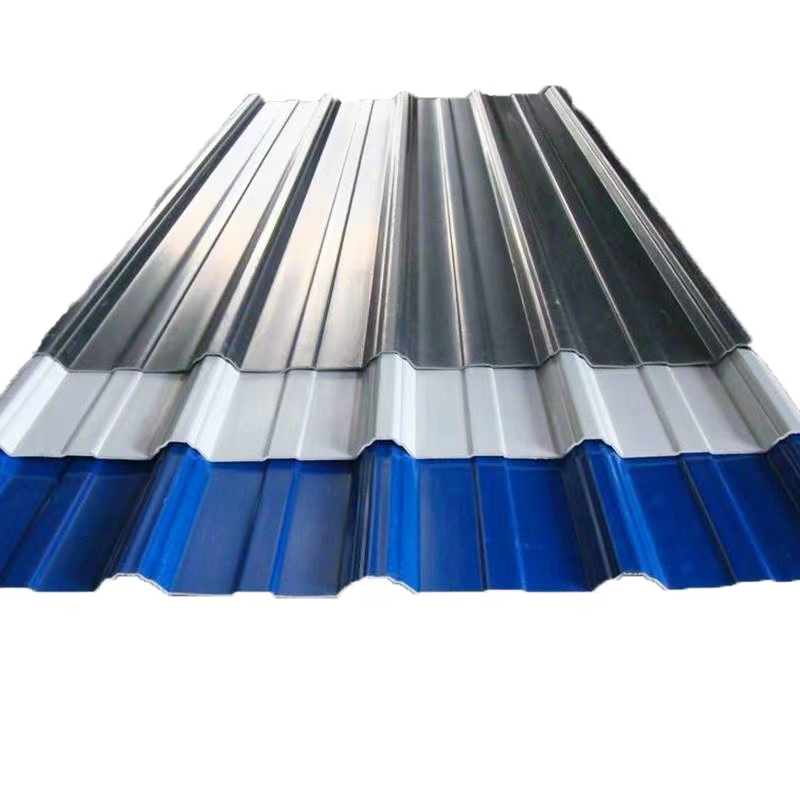
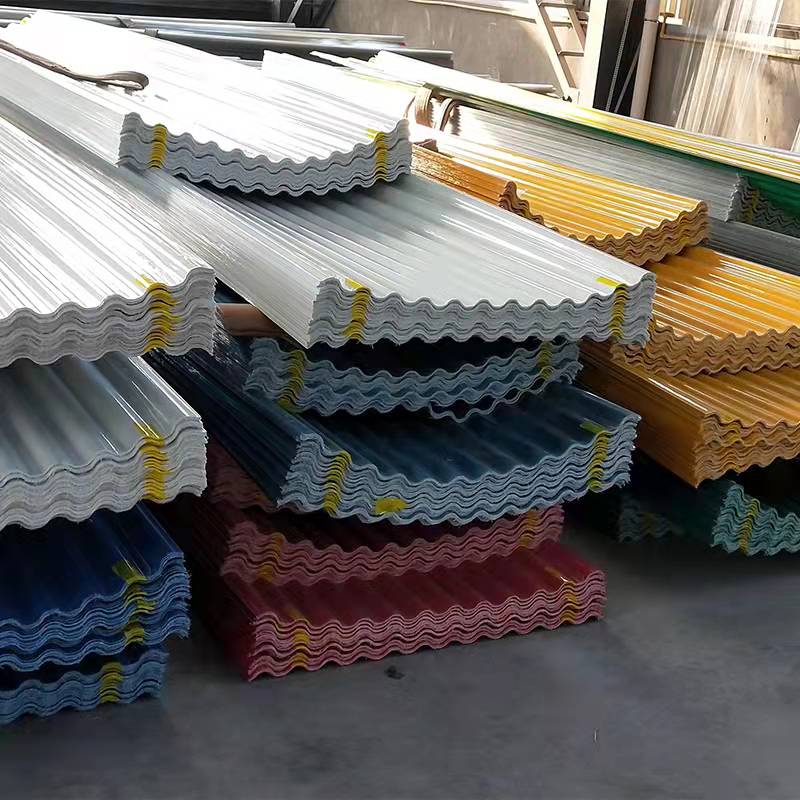
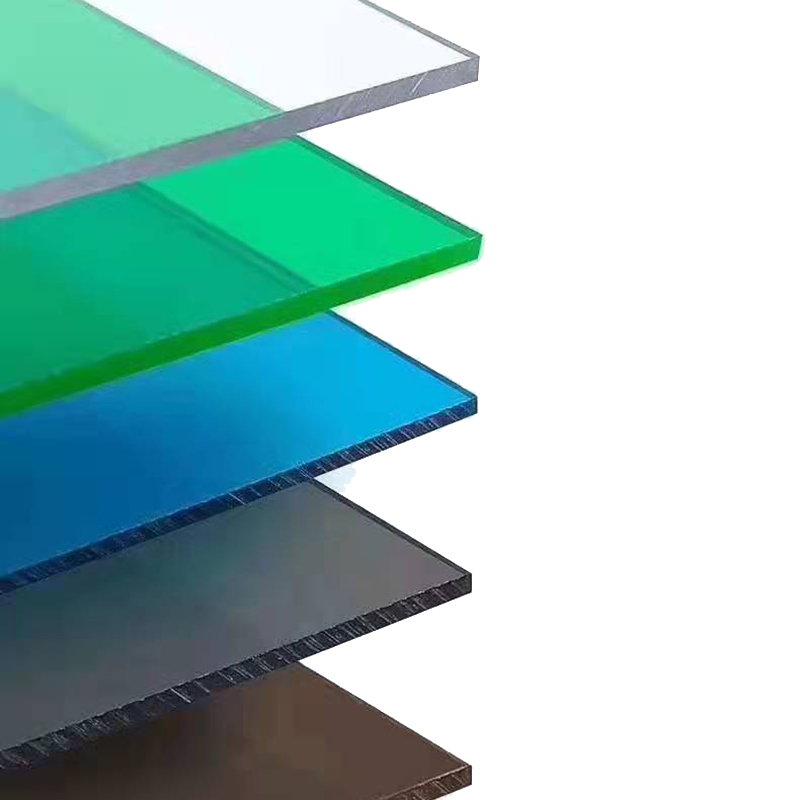
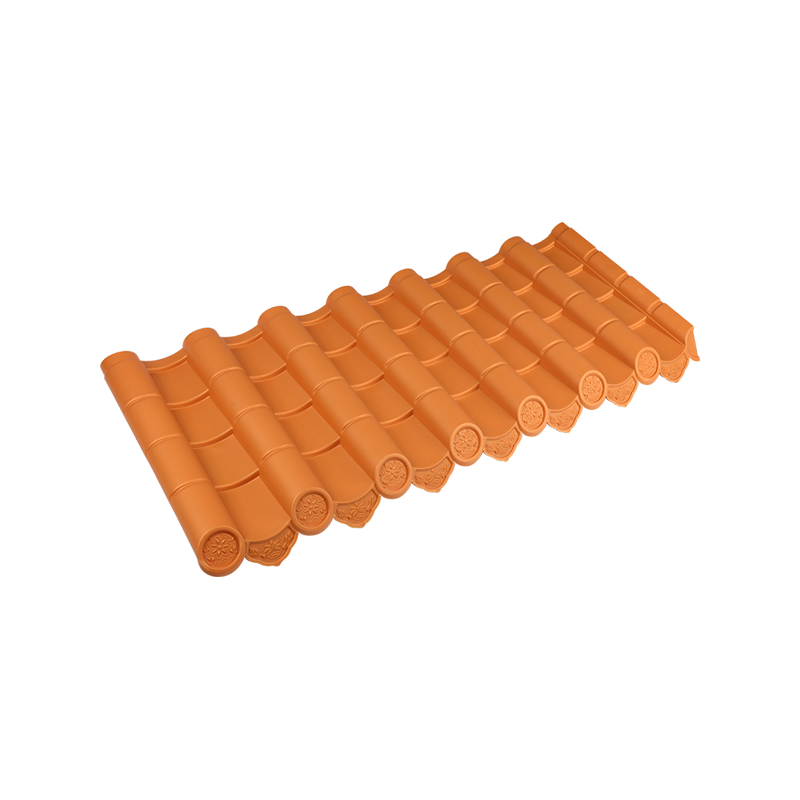
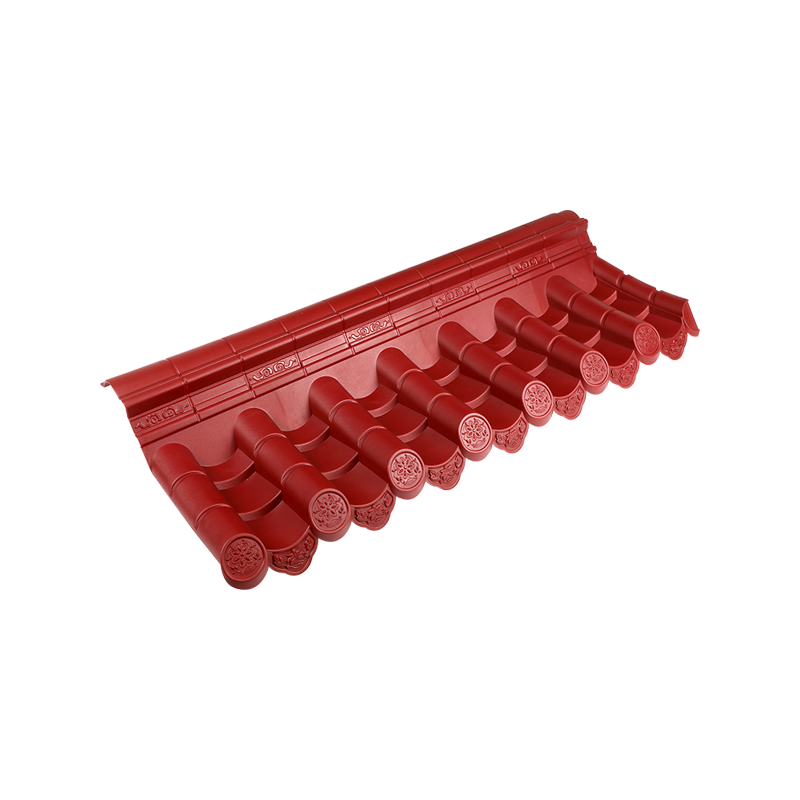


 Email:
Email: Phone:
Phone: Adress:
Adress: